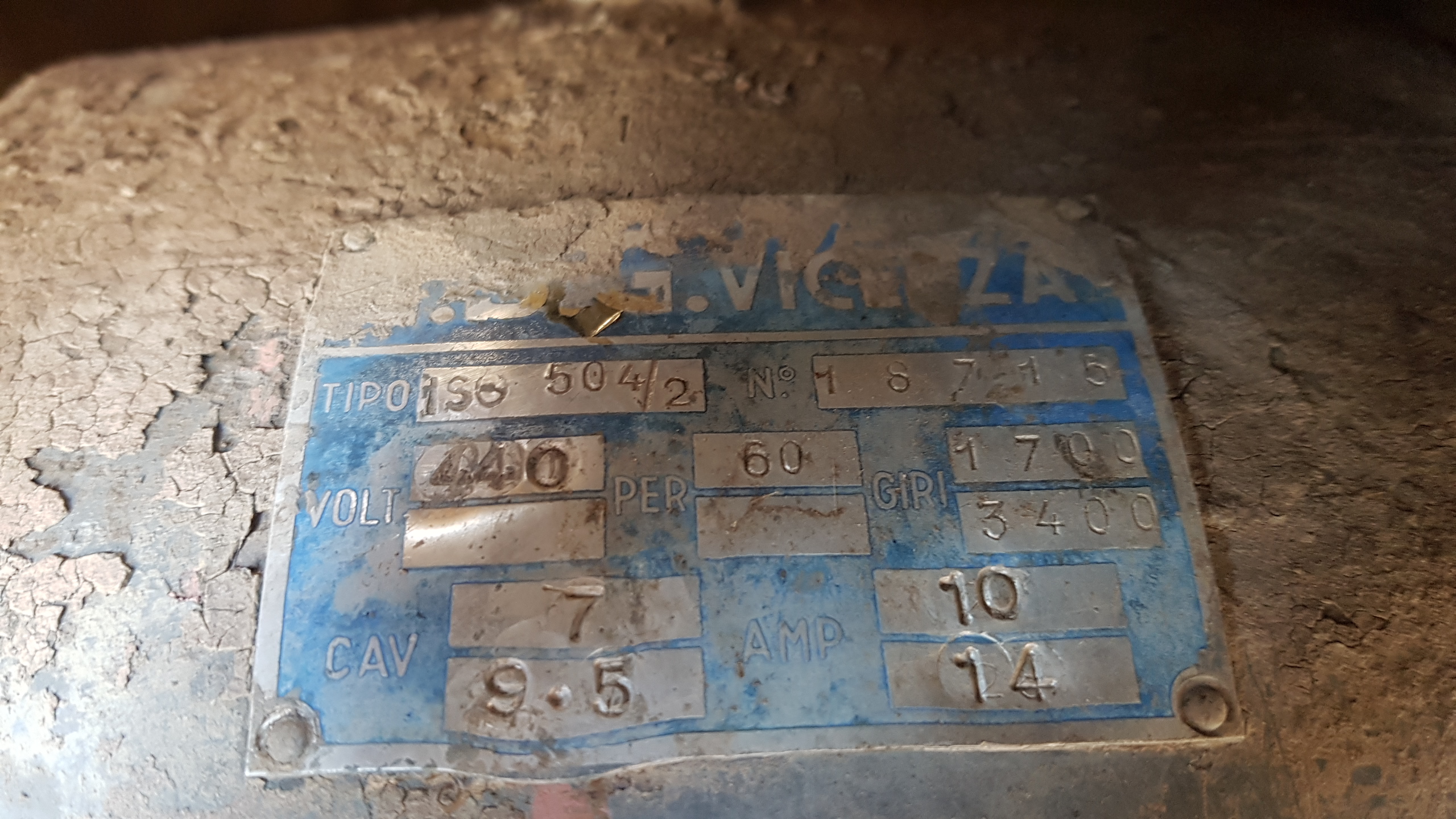Ok so i have a lathe lined up. It has been outside for 15 years but it is free and seems like it will be ok to start with. It is about 18" swing. I'll do more details when i move it home in the spring. It is frozen down for the time being.
Anyway, i would like to power it with a vfd. I found one that has specs as follows.
Input 200-240v 22a single phase
Output 10a 3 phase 0-300hz no voltage stated but i assume 240v
It is near me and less than $200 on Ebay. It is weg brand, not chinese.
Here is the motor dataplate on the lathe.

What do you guys think. Is it likely i can rewire this motor for 220v? I didn't look to see how many motor leads it has. What is with the 2 speeds stated? And the 2 amperages?
Thanks
Derek